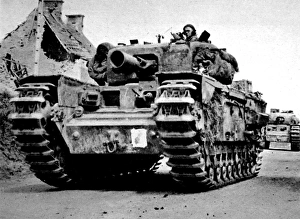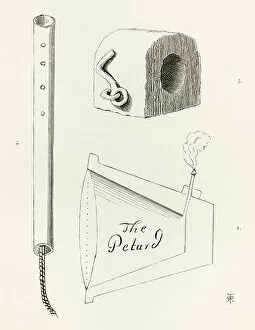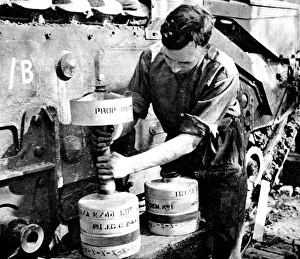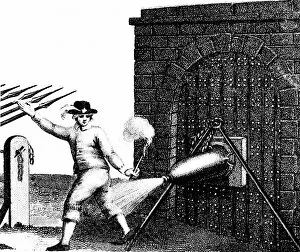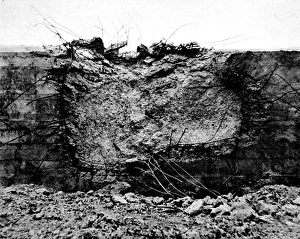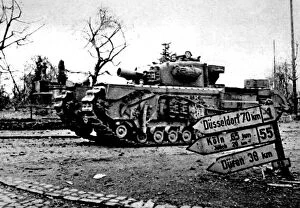Petard Collection
During the Second World War in 1944, the Churchill AVRE Tank played a crucial role in France
All Professionally Made to Order for Quick Shipping
During the Second World War in 1944, the Churchill AVRE Tank played a crucial role in France. One of its powerful weapons was the petard, an explosive device with medieval origins. These small bombs, depicted as conical or rectangular metal objects containing gunpowder in figures 1 and 3, were used to breach fortresses and walls. To ignite the petard safely, a pipe carrying a lighted match was employed, as shown in figure 2 from "The British Army: Its Origins, Progress and Equipment" published in 1868. This method ensured controlled detonation during siege warfare around the early 19th century. An engraving captures the intensity of firing a petard during this era of warfare. The image highlights how these explosive devices were strategically applied to fortress gates for maximum impact. Figure captions also demonstrate alternative techniques for fixing petards to fortress gateways when protected by moats. Interestingly enough, George Studdy's illustration titled "Bonzo is hoist with his own petard. " adds a touch of humor to our understanding of these explosives. However amusing it may be on paper or canvas, one must not forget that their purpose was destruction and damage. In modern times, we see evidence of their effectiveness through photographs depicting damaged concrete walls in France during the Second World War, and is clear that these petards had significant destructive power when mounted on Churchill AVRE Tanks.

